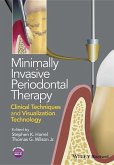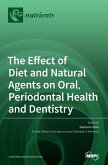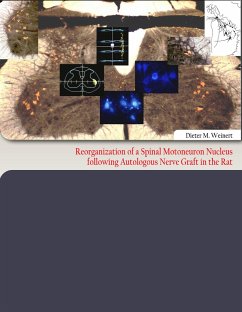Bone defects caused by trauma, infection, tooth loss, pathological lesions, etc., often lead to an abnormal form of maxillary and mandibular alveolar growths. When a tooth is lost, there is a lack of residual bone stimulation. It reduces and bone density in that area and loses external width and bone height. Bone width decreases by 25% during the first year of tooth loss and total 4 mm of height during the first year of extraction of teeth for a complete denture. It is lost immediately. Therefore, the remaining bone will not have a suitable anatomy for implant use without bone grafting. Different types of bone grafts such as allografts, auto grafts and allogeneic materials have been considered. Due to the Osteo conductive and Osteoinductive properties of autogenous bone, these materials are considered the standard method for correcting bone defects. For predictable bone growth in narrow ridges (0.5-4 mm), autogenous bone should be used. Only particulate grafts should be modified to improve prosthetic communication or autogenous bone block is used.
Bitte wählen Sie Ihr Anliegen aus.
Rechnungen
Retourenschein anfordern
Bestellstatus
Storno








